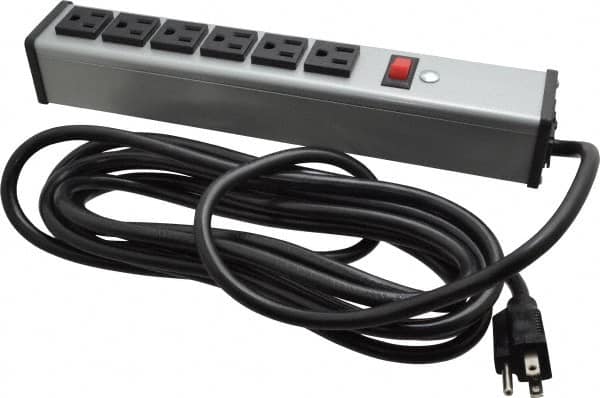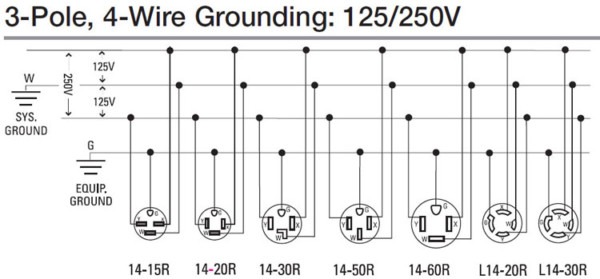

The “reset” button restores power after the outlet trips, while the “test” button helps make sure the outlet is working. If the current returning to the outlet changes, the GFCI will disconnect the circuit automatically. The outlet constantly monitors the current going through it. It’s most commonly used where the outlet or device plugged in could be exposed to water, like in the bathroom or kitchen, near the water heater or furnace, or outside your home. GFCI OutletĪ GFCI outlet is otherwise known as a Ground Fault Circuit Interrupter. The grounding wire connects directly to the casing to divert current to the ground, trip the circuit breaker, and cut any electrical flow to the device. Without grounding, a hot wire contacting the metallic casing of a device would create a shock hazard. This protects appliances and computers from surge damage and allows for a more stable voltage to reduce wear. The grounding wire is connected to the outlet and breaker box.

Two-pronged outlets are more common in older homes and don’t have a grounding wire, which is a requirement in newer buildings and neutralizes dangerous currents.Ī three-pronged outlet has a grounding slot. Polarized plugs can only be inserted in one orientation, which is a safety feature that minimizes the risk of shock. The larger slot is the neutral line and the smaller is the hot line. Three-Pronged OutletsĪ two-pronged outlet is polarized so plugs can only be inserted one way. The size and shape of outlets vary from one country to another, but the basic design and types are the same. These are the different electrical outlet types you may see as you go from room to room.ĭomestic electrical outlets in North America are designed to supply 120 volts. Each outlet provides access to an electrical circuit connected to the electrical panel it’s part of a loop that allows electricity into devices, fixtures, and appliances. Although they all have the same basic purpose, some are better for certain rooms, protecting against electrical hazards, or improving energy efficiency. Kitchen lighting must be supplied by a separate 15-amp (minimum) circuit.There are different types of electrical outlets throughout your home.The countertop receptacles should be spaced no more than 4 feet apart. All countertop receptacles and any receptacle within 6 feet of a sink must be GFCI-protected.

The amperage rating should be appropriate to the electrical load of the appliance these should be 20-amp circuits. The refrigerator and microwave each require their own dedicated 120-volt circuits.The dishwasher circuit requires GFCI protection, but the garbage disposal circuit does not-unless the manufacturer stipulates it. These can be 15-amp or 20-amp circuits, depending on the electrical load of the appliance (check the manufacturer's recommendations usually 15-amps is sufficient). The dishwasher and garbage disposal both require their own dedicated 120-volt circuits.An electric range/oven requires its own dedicated 120/240-volt circuit.
120 VOLT OUTLET TYPES PORTABLE
These are for portable plug-in appliances.


 0 kommentar(er)
0 kommentar(er)
